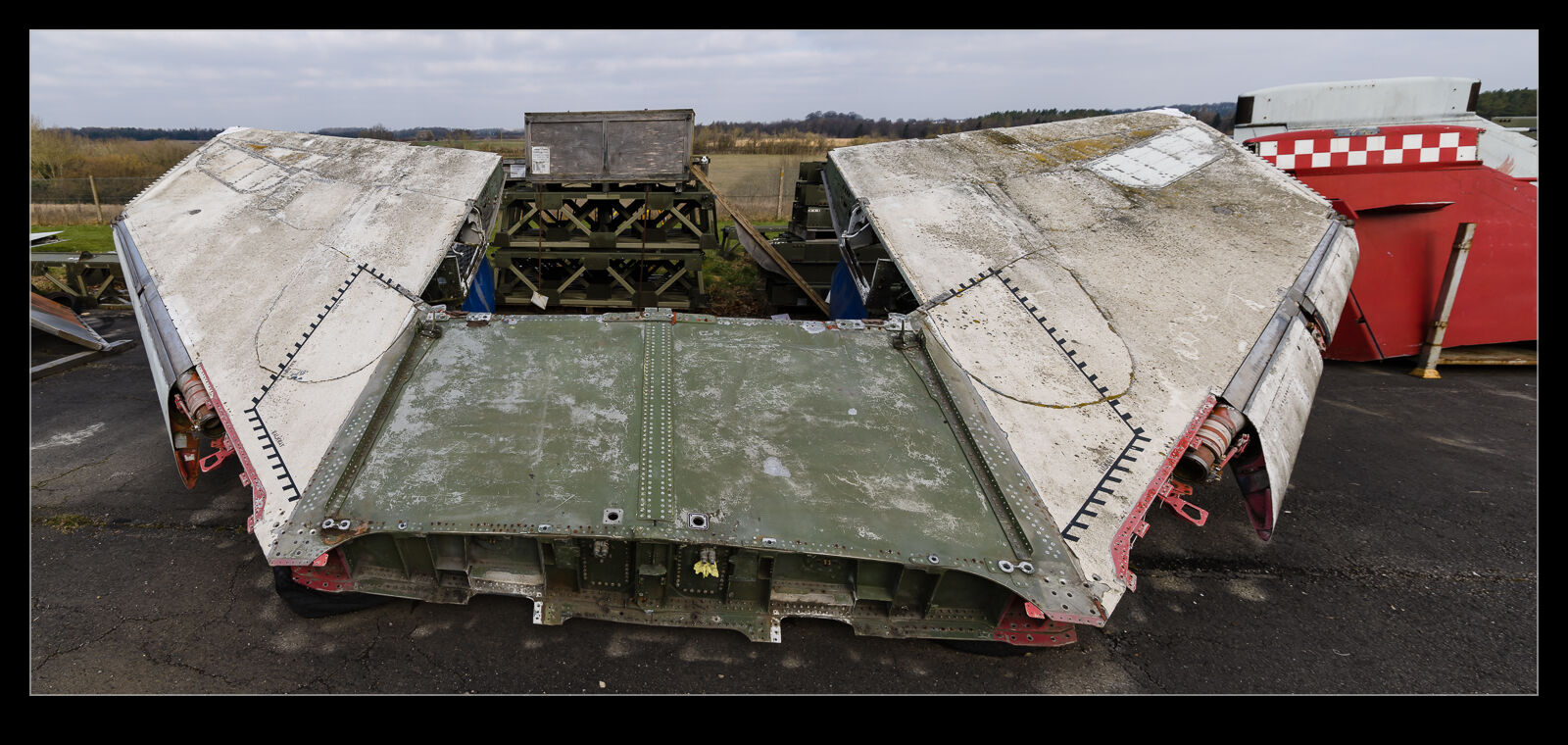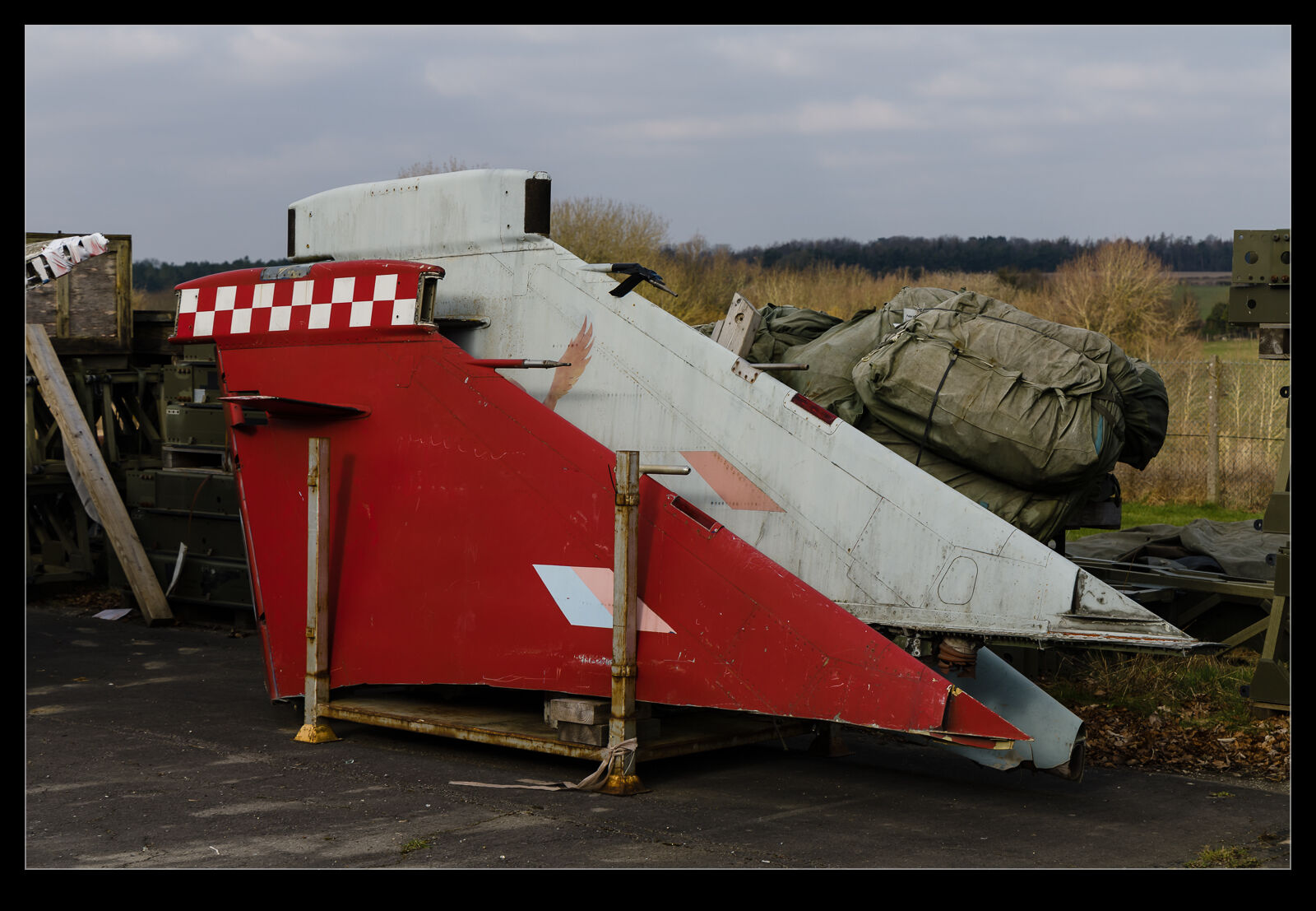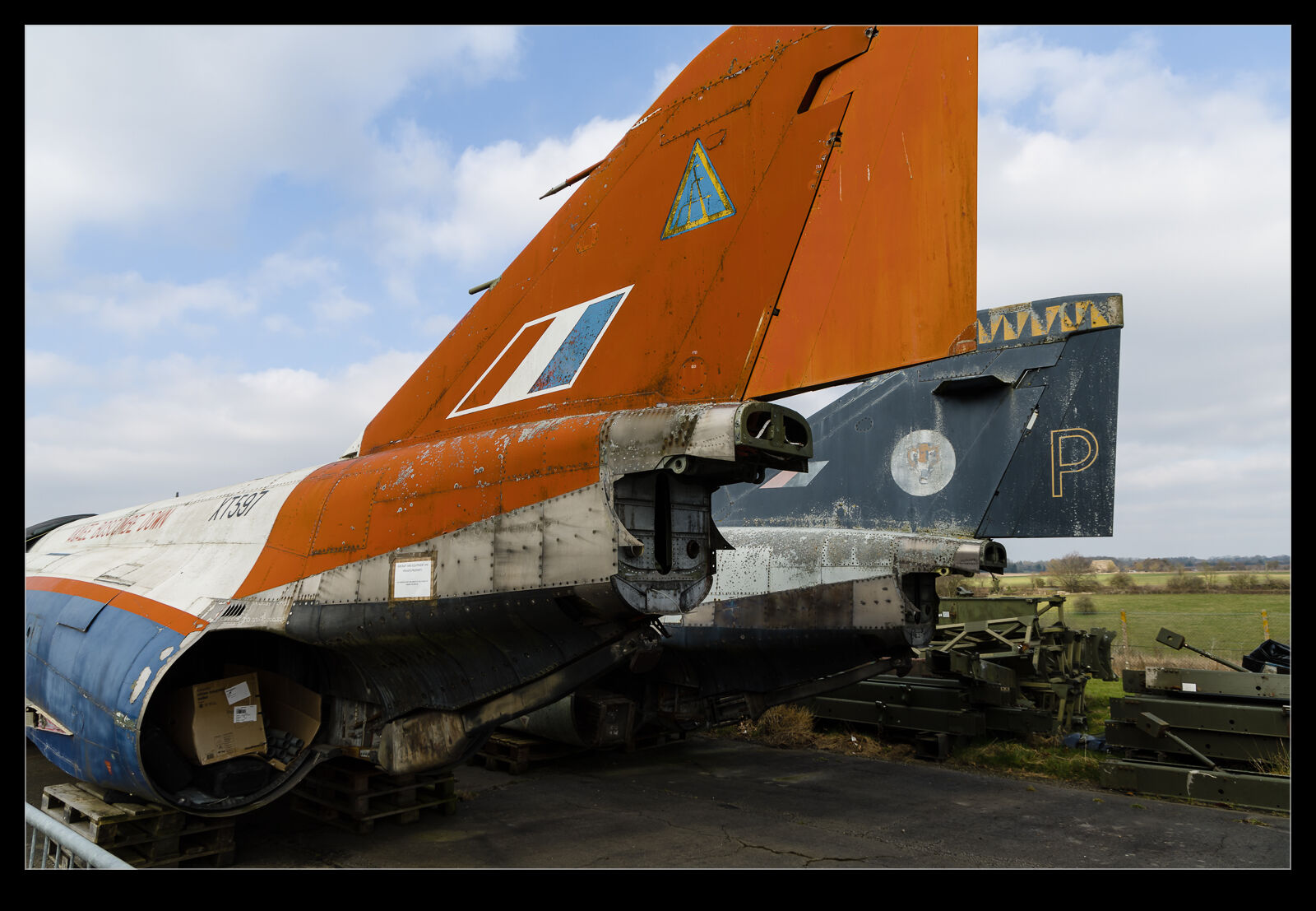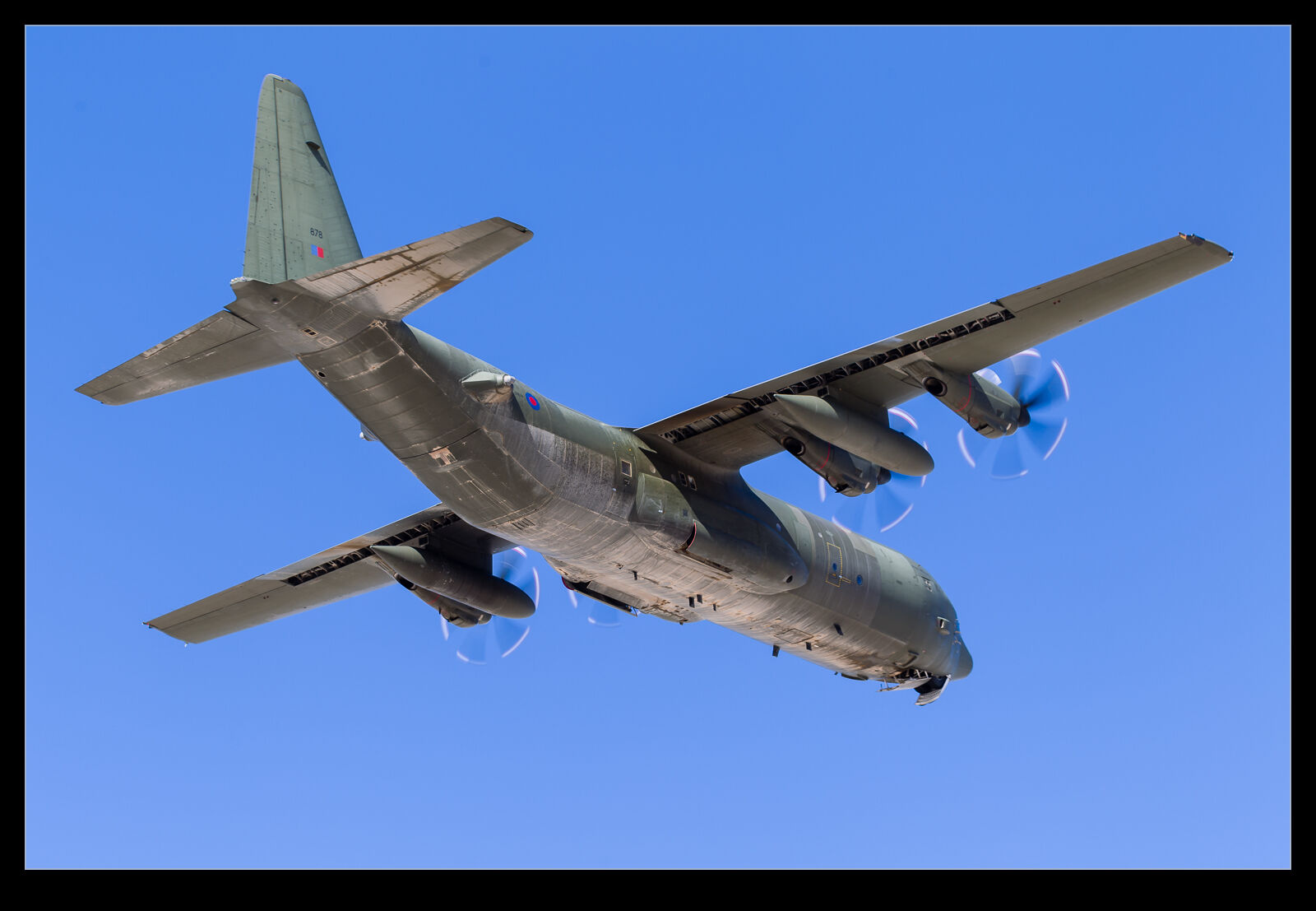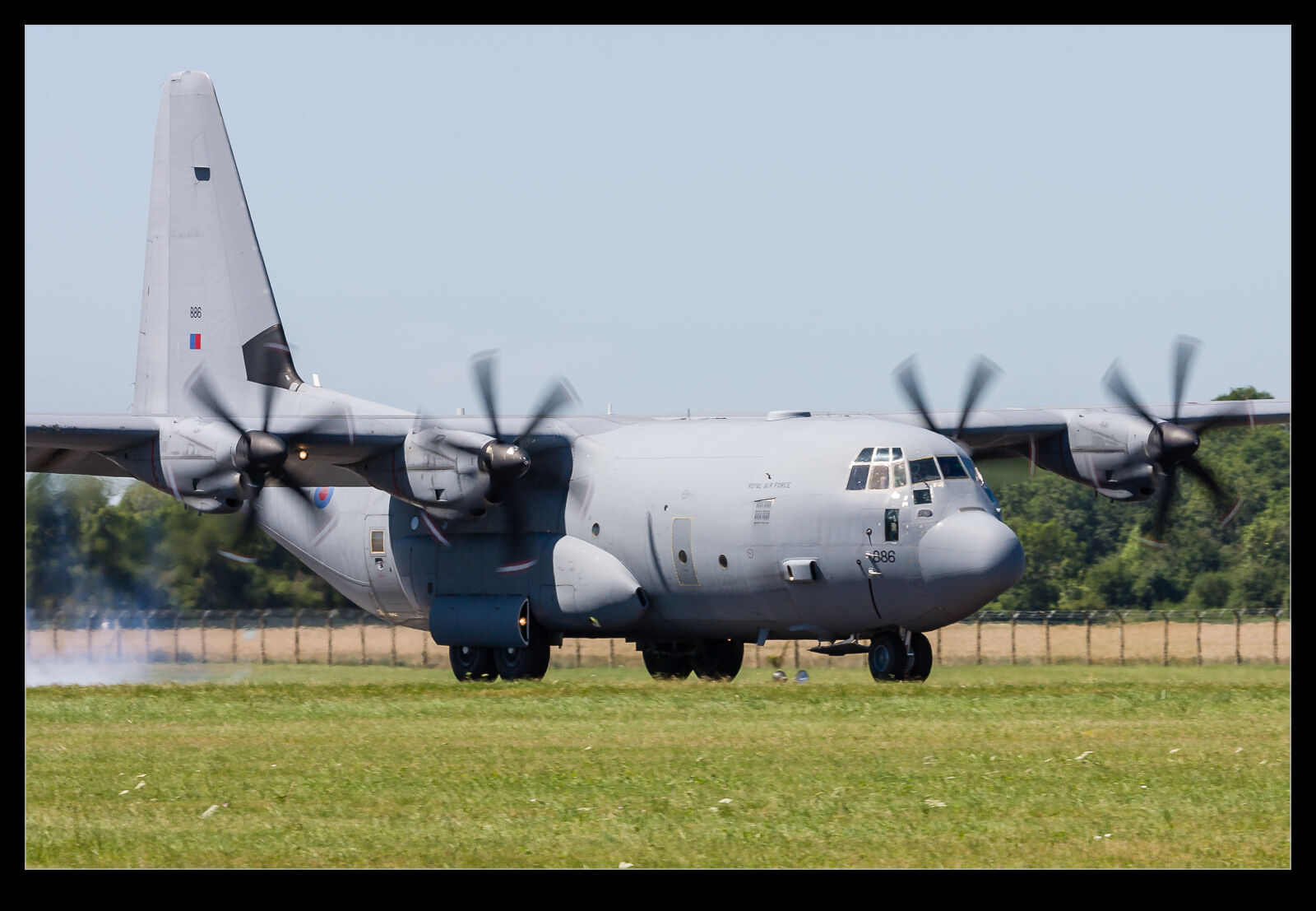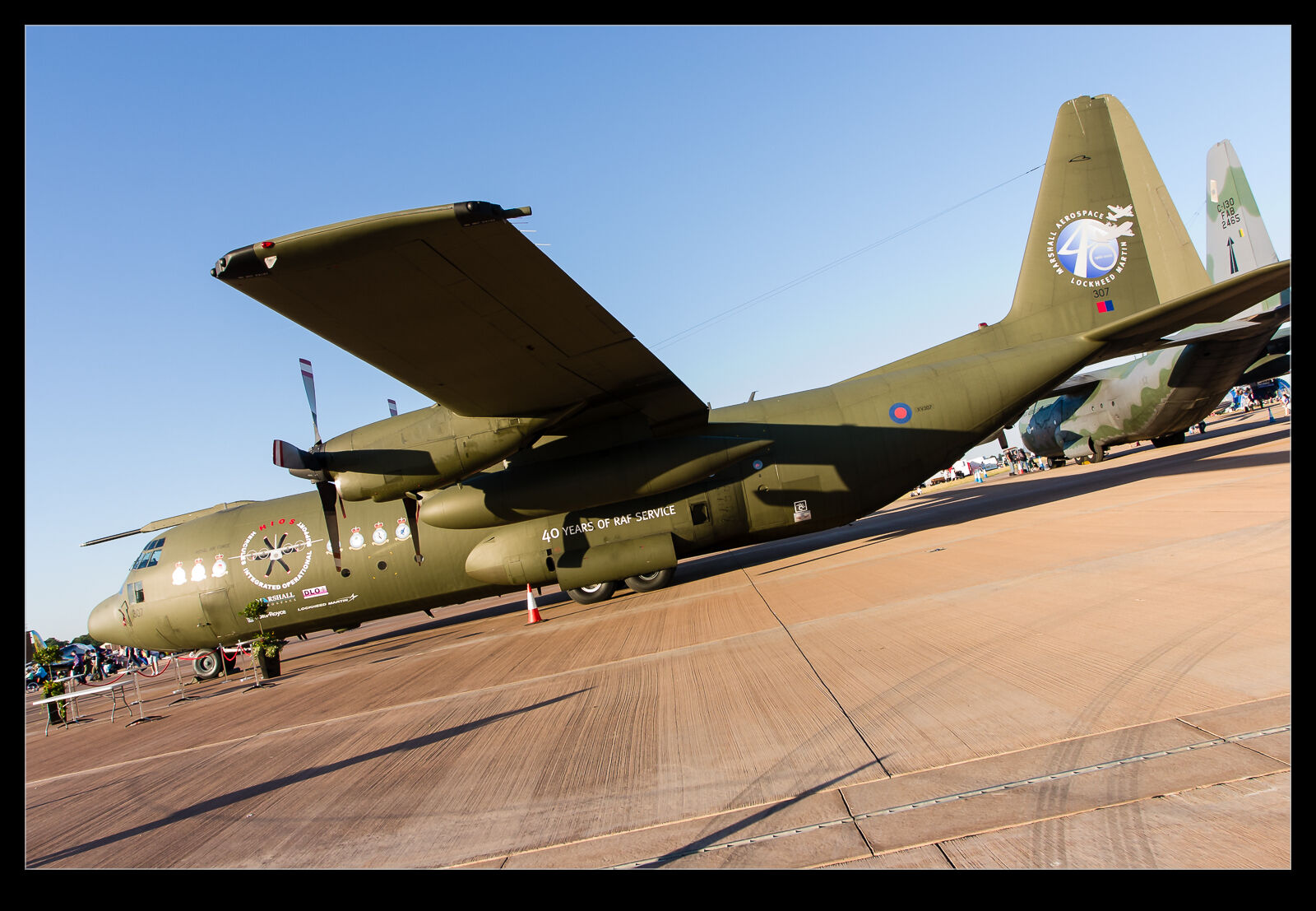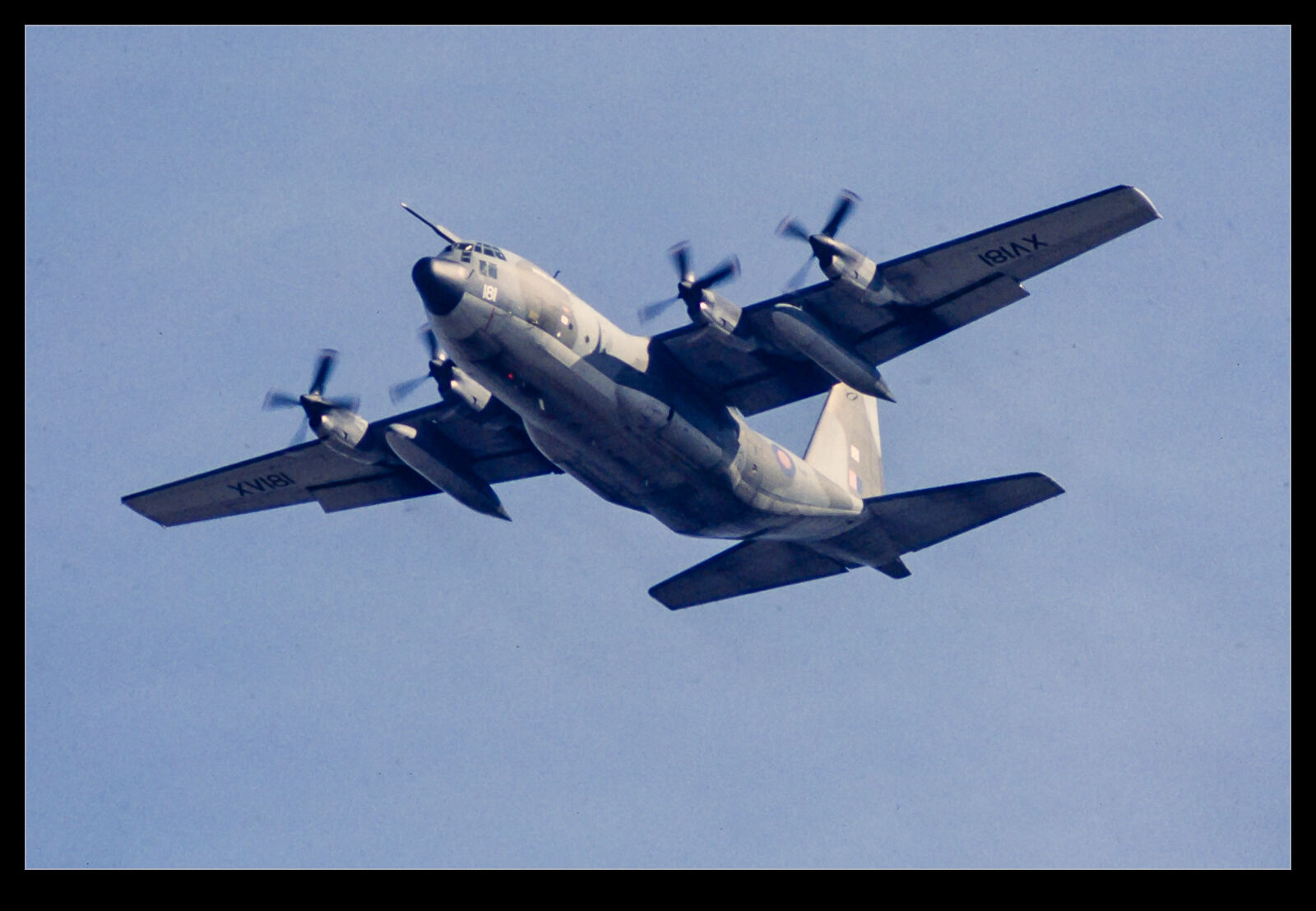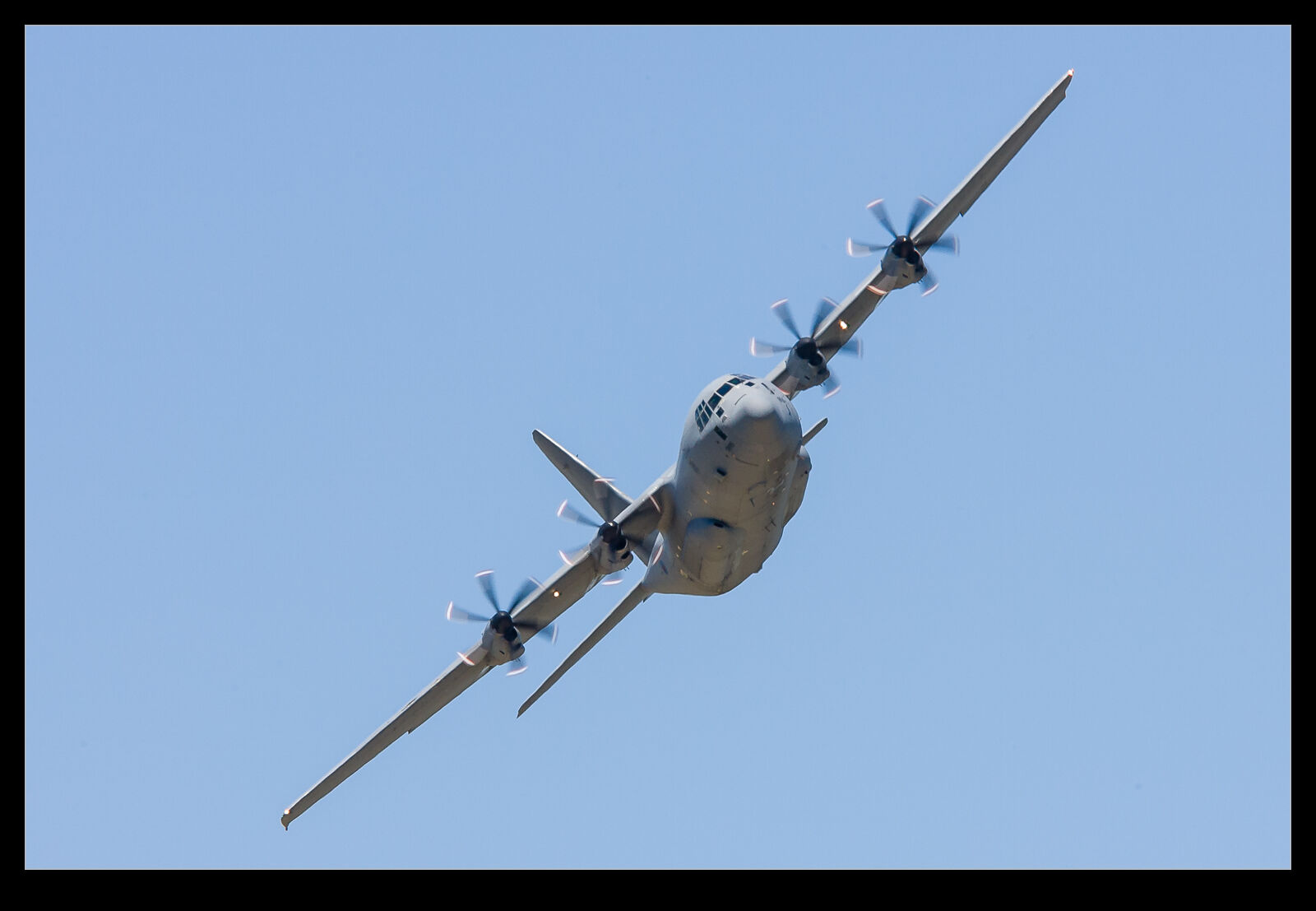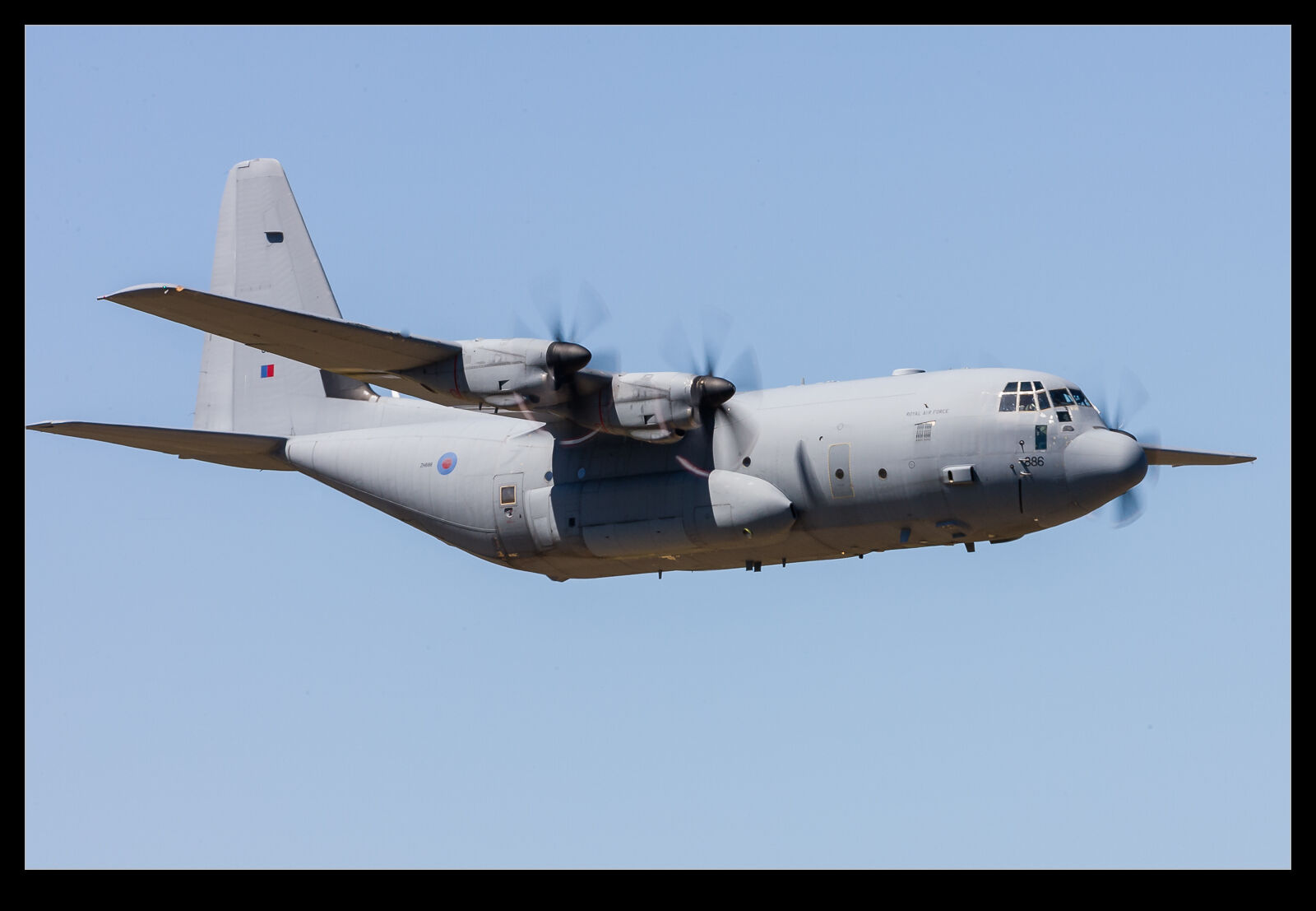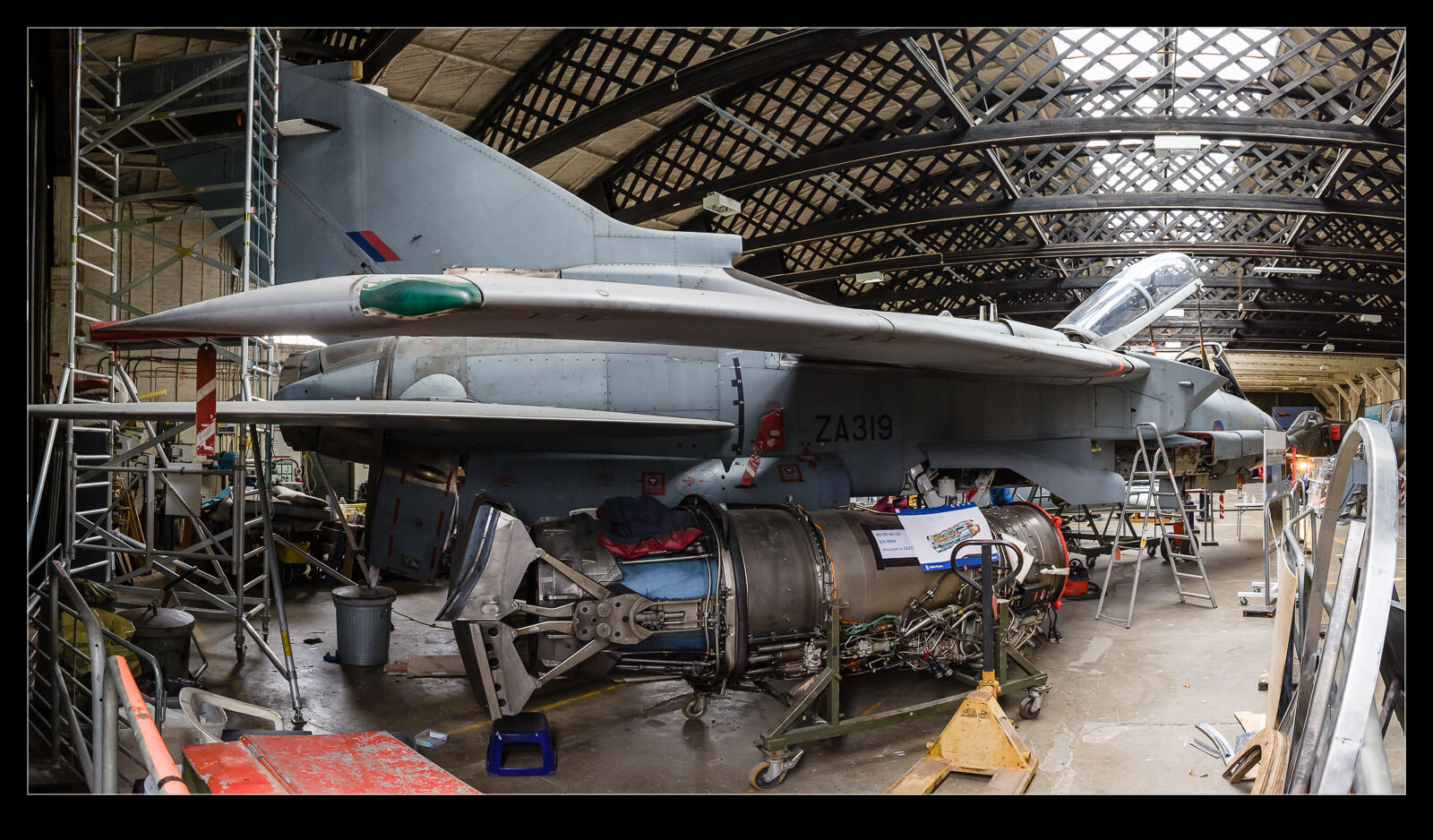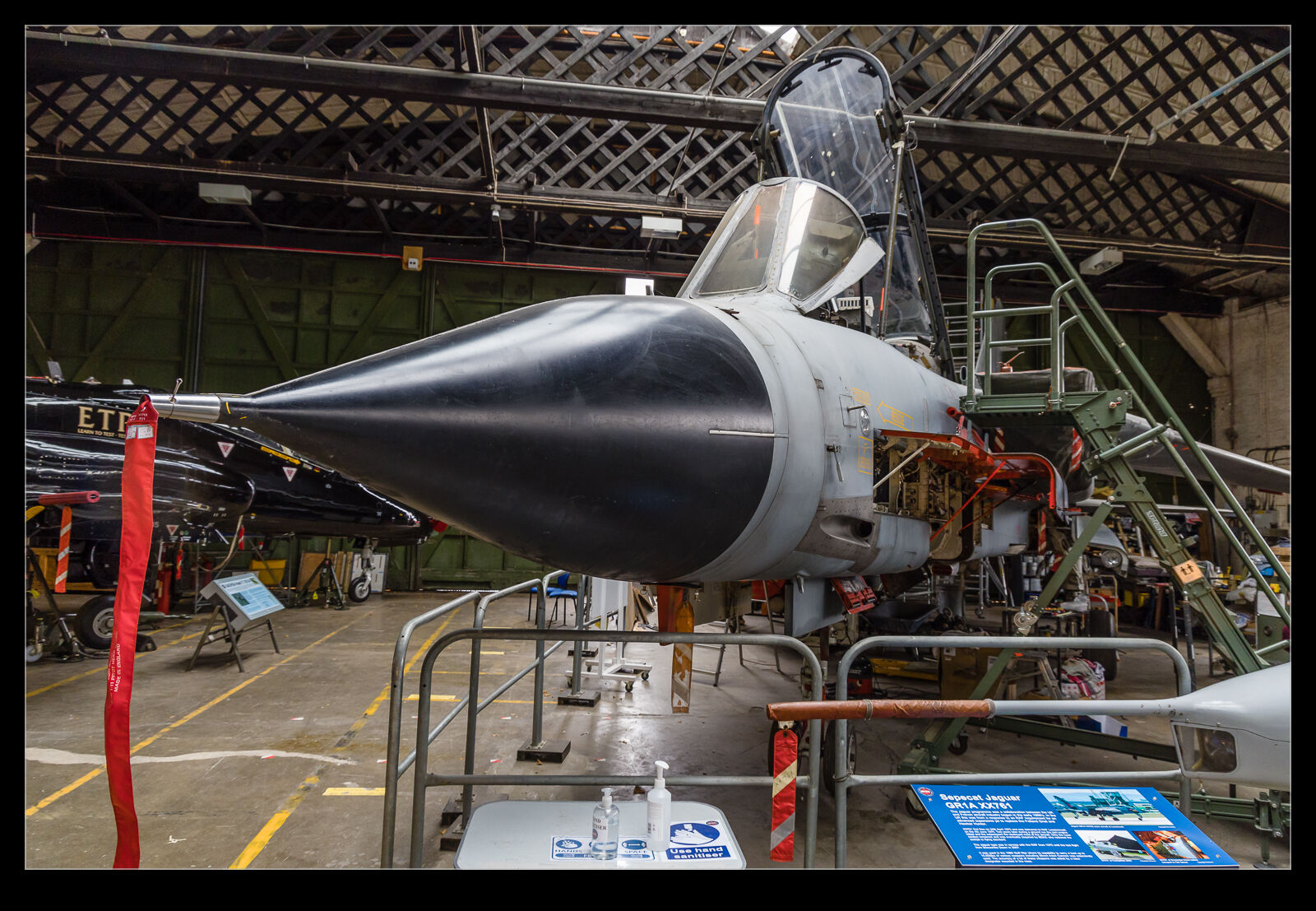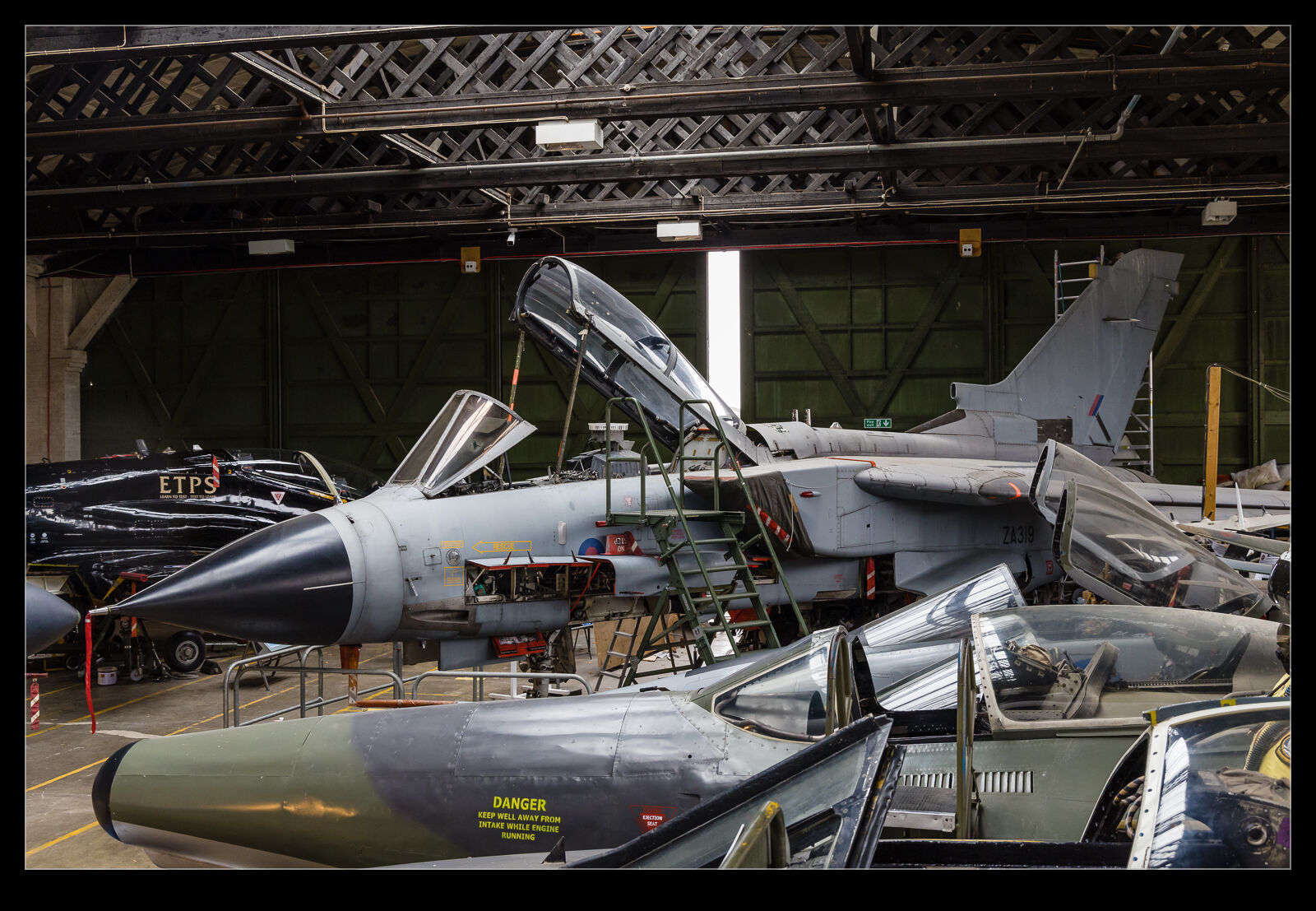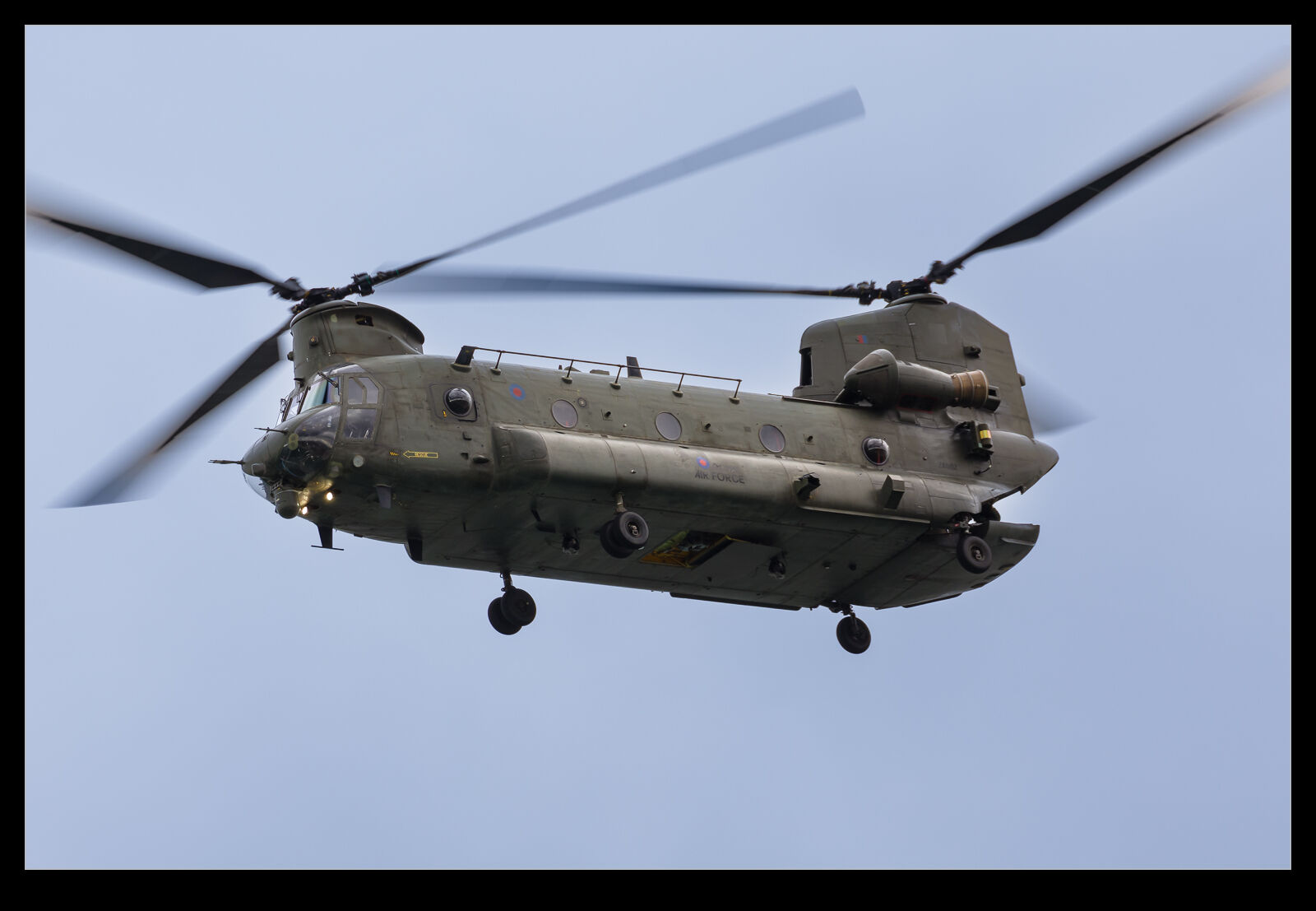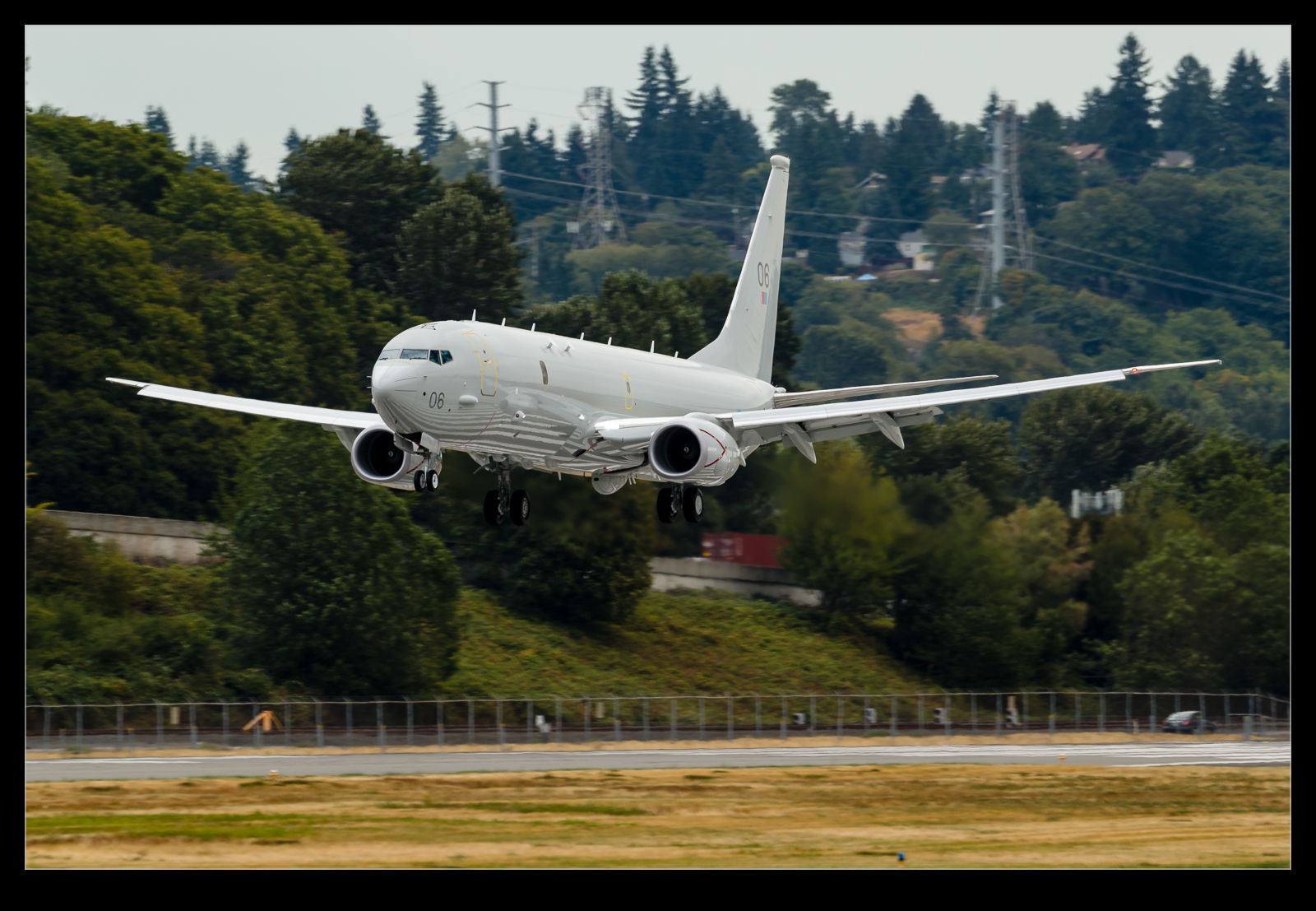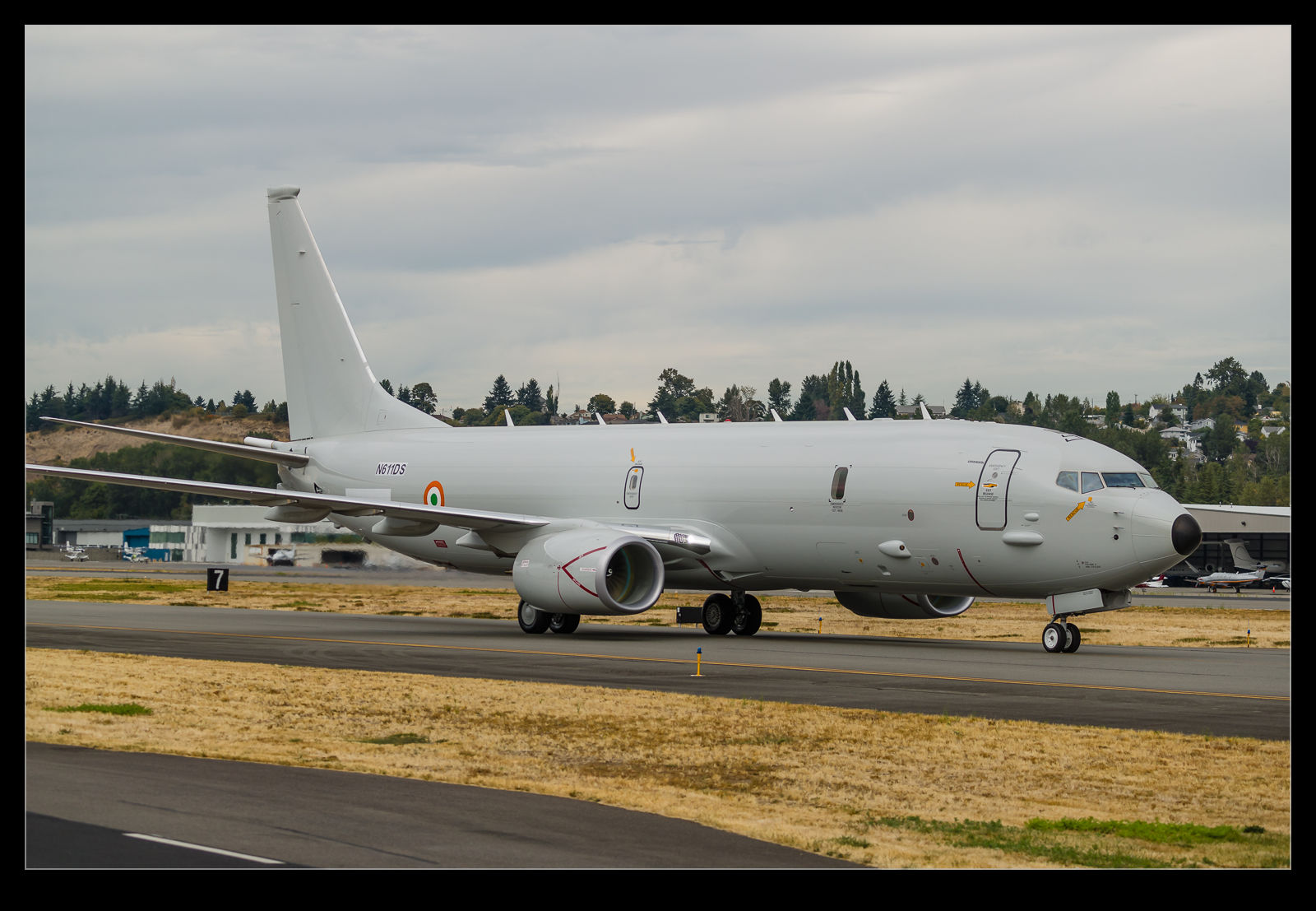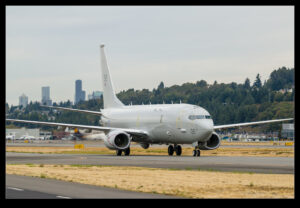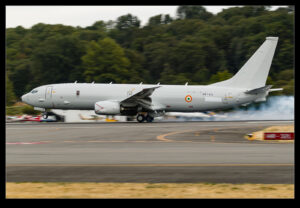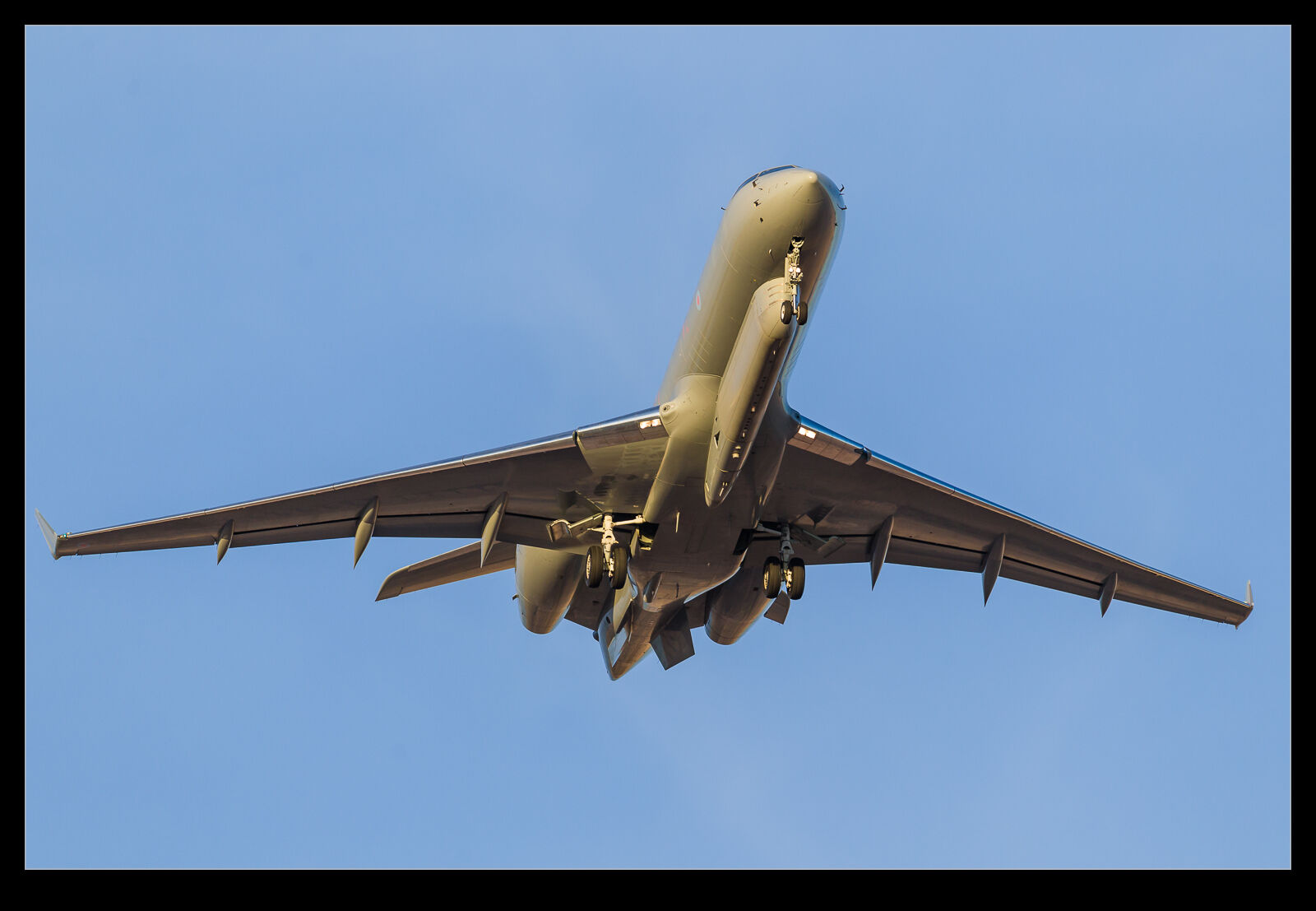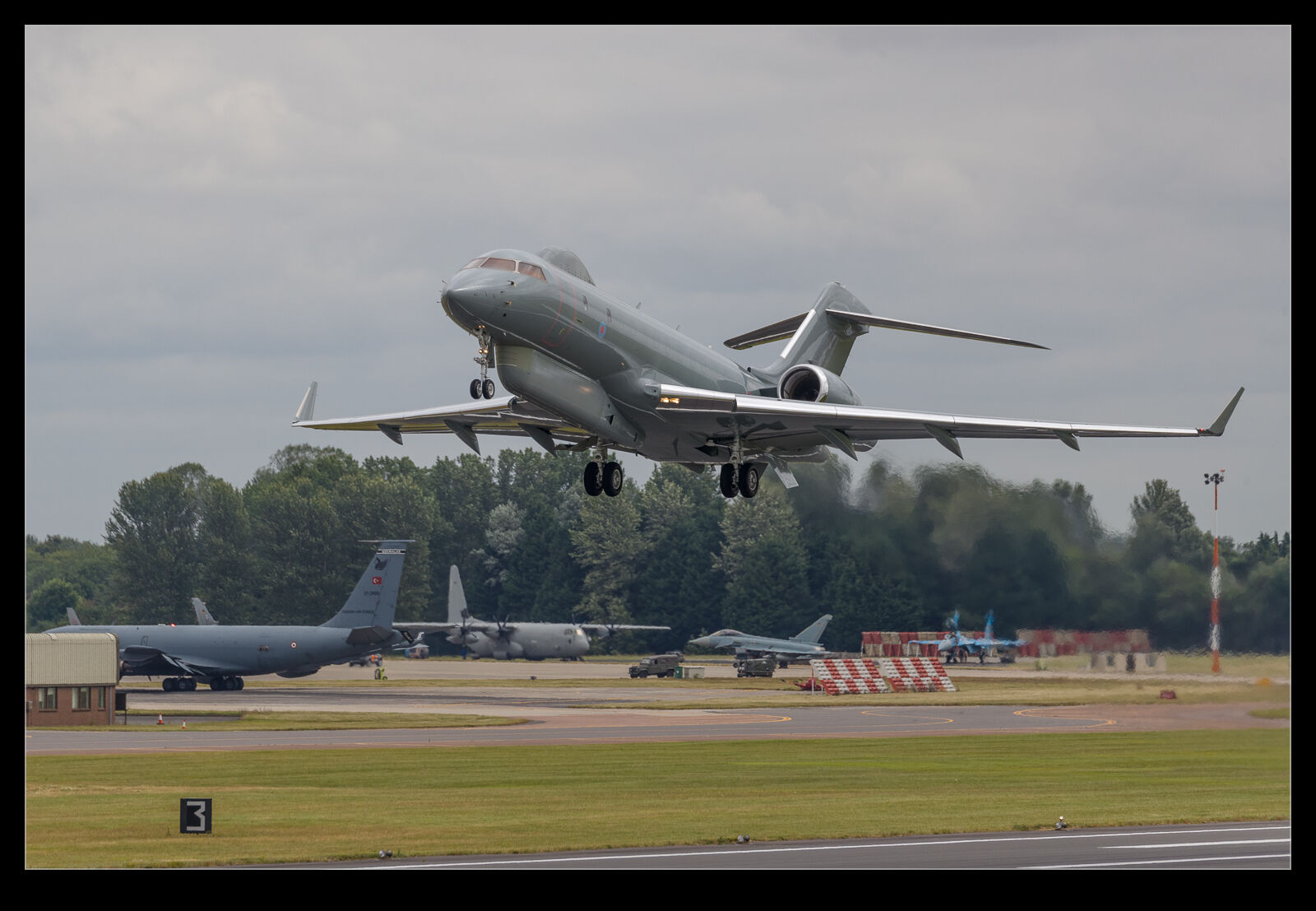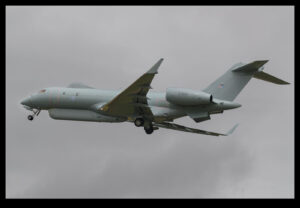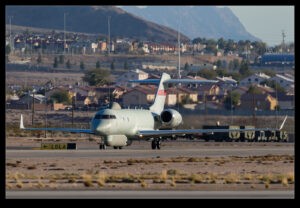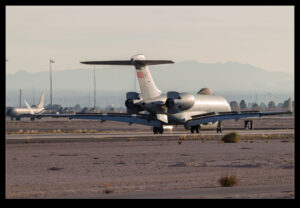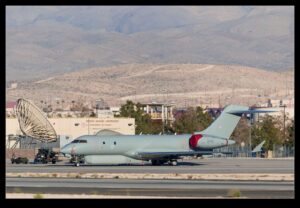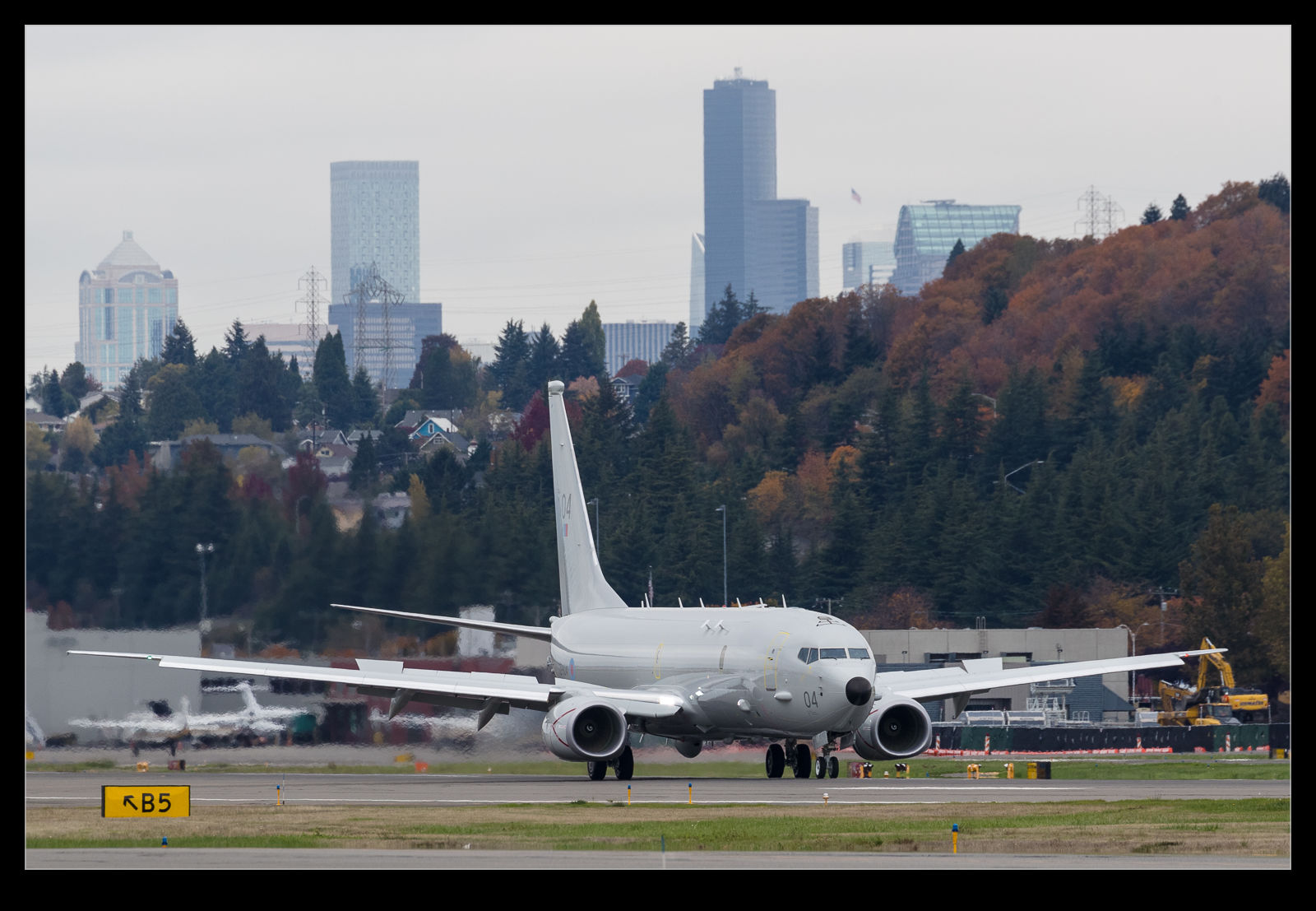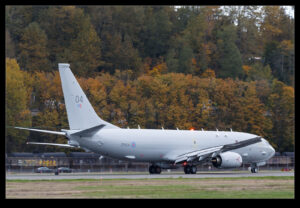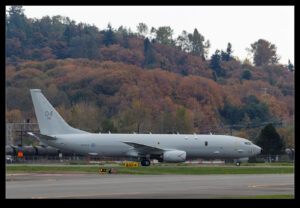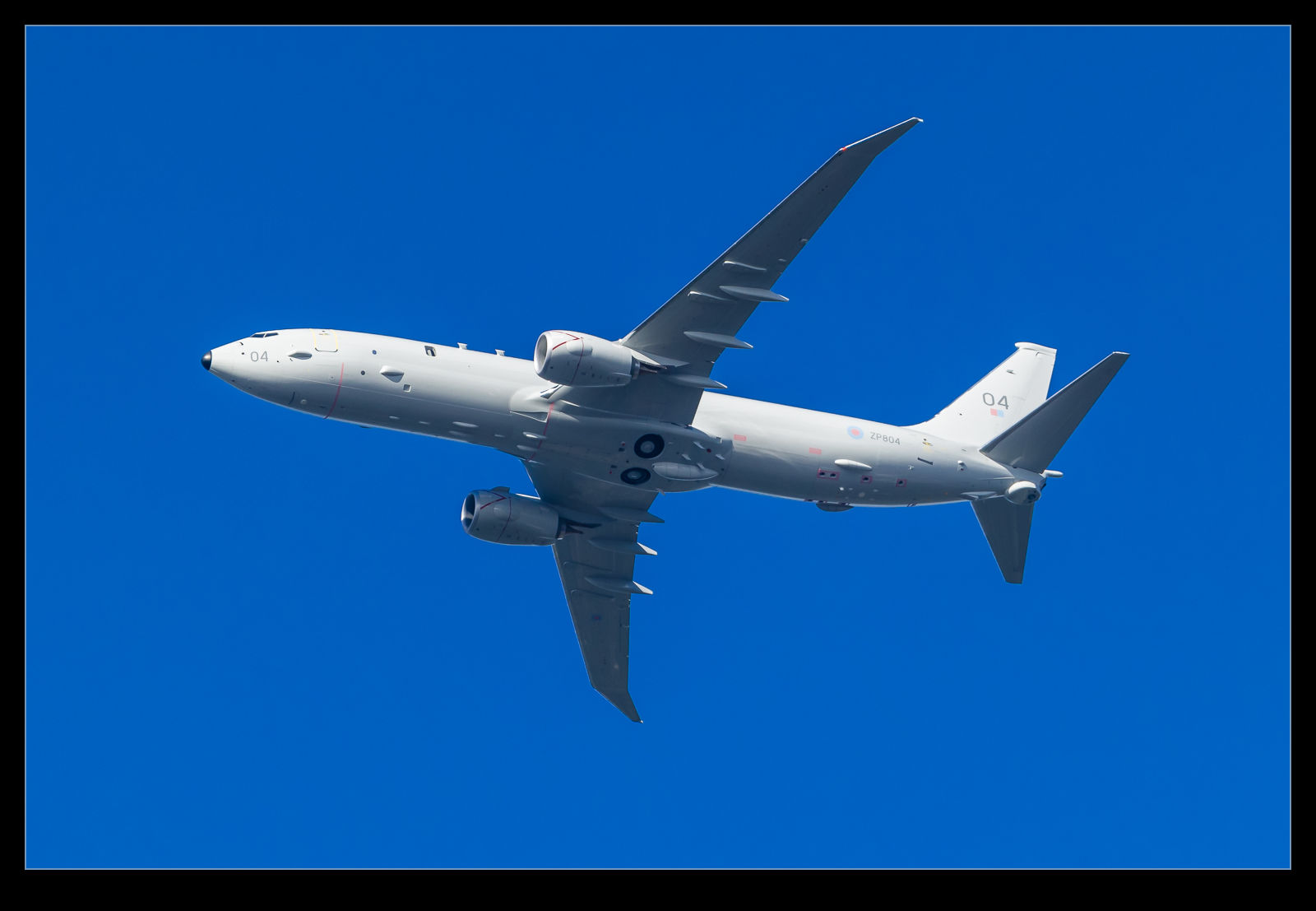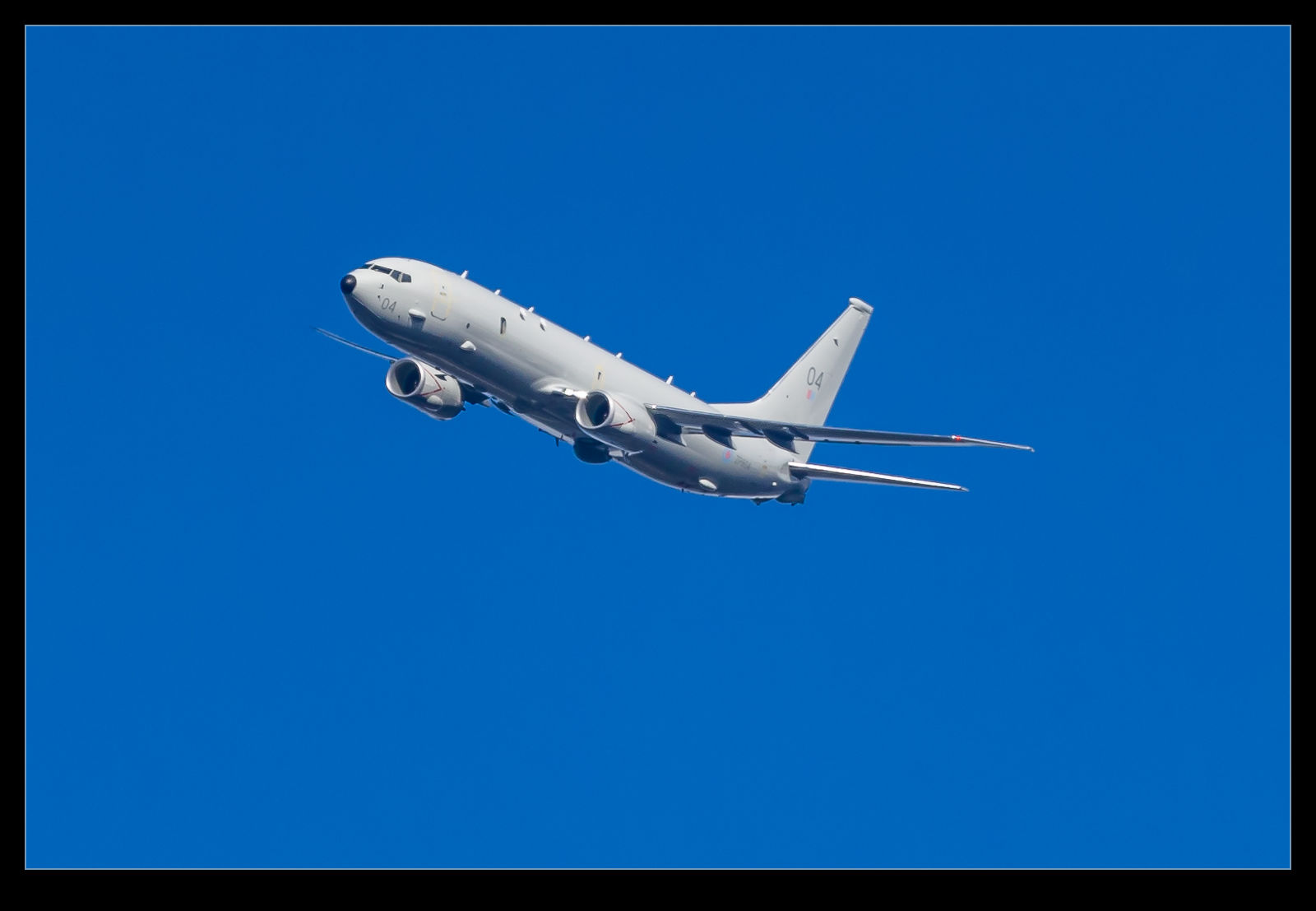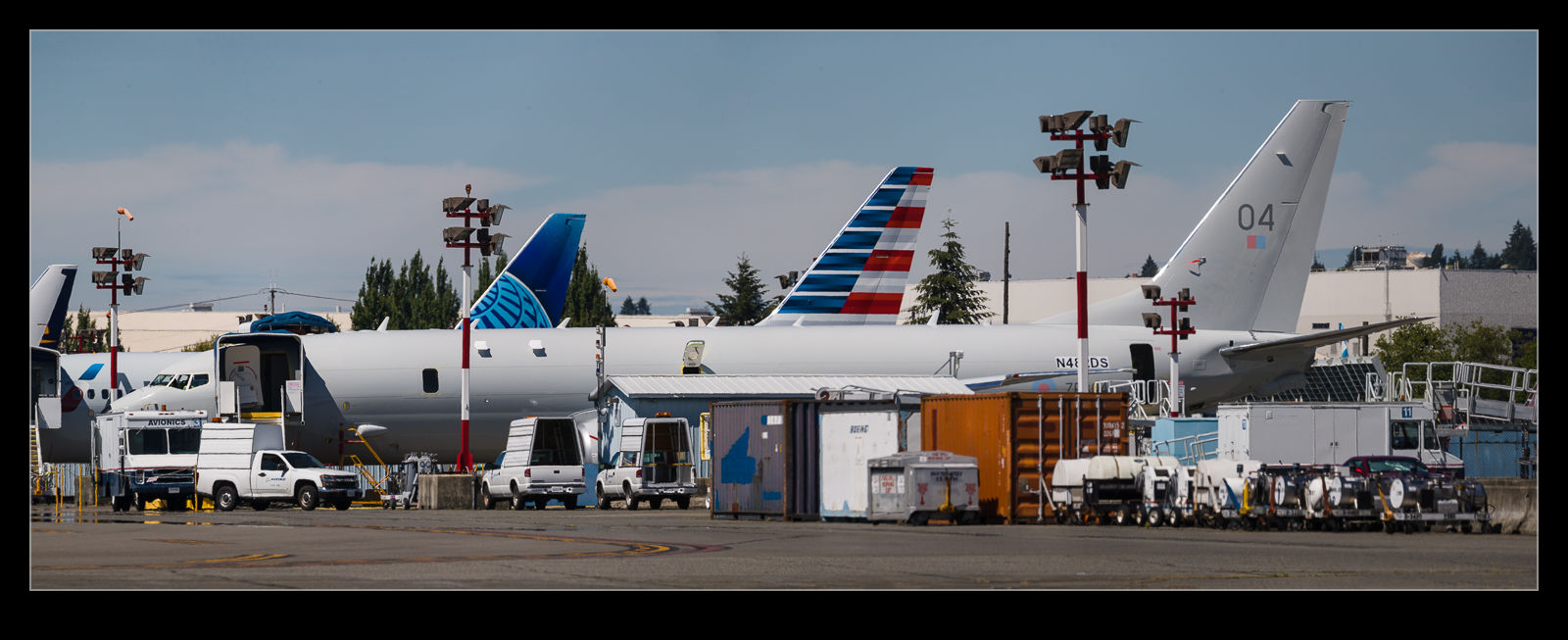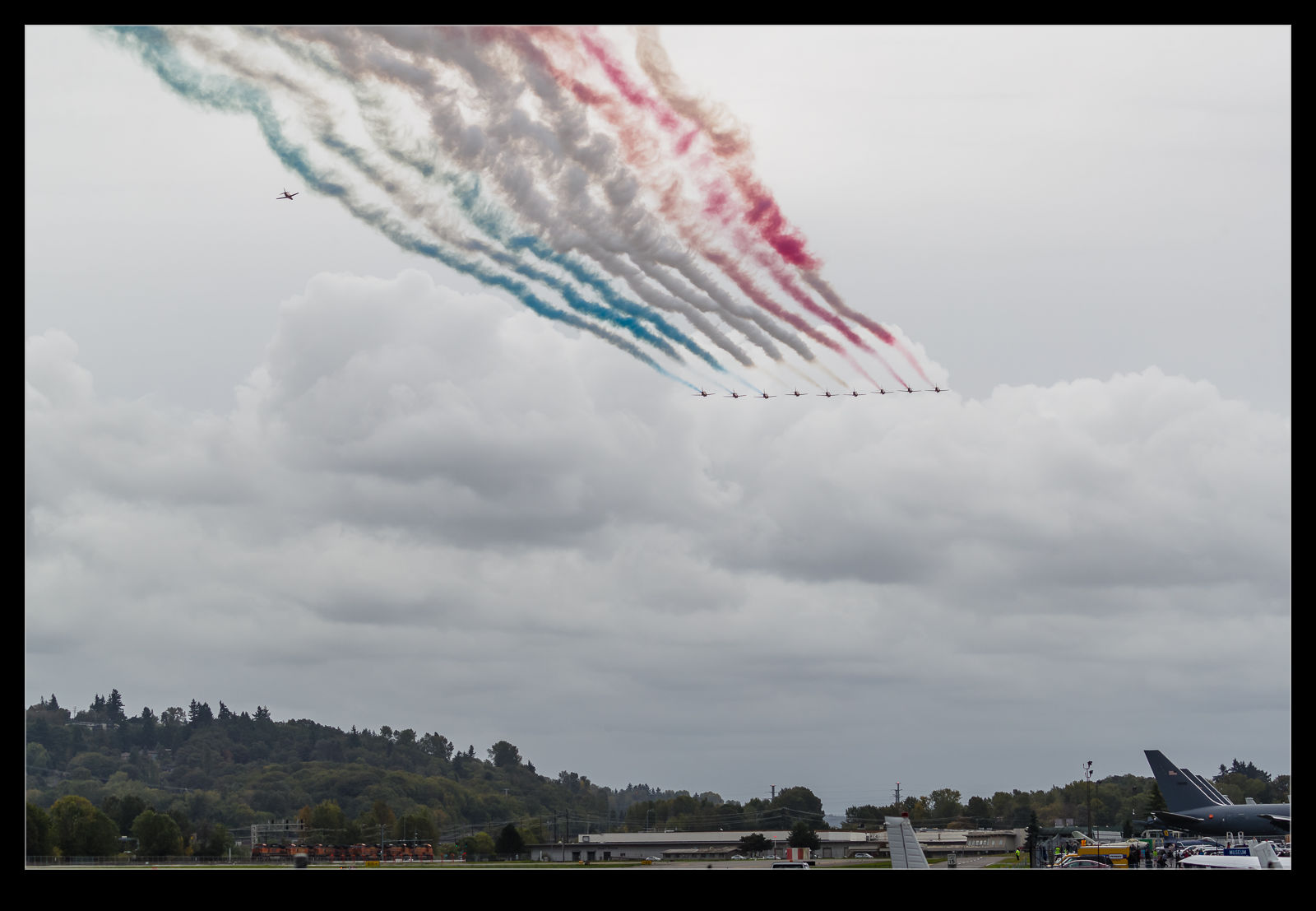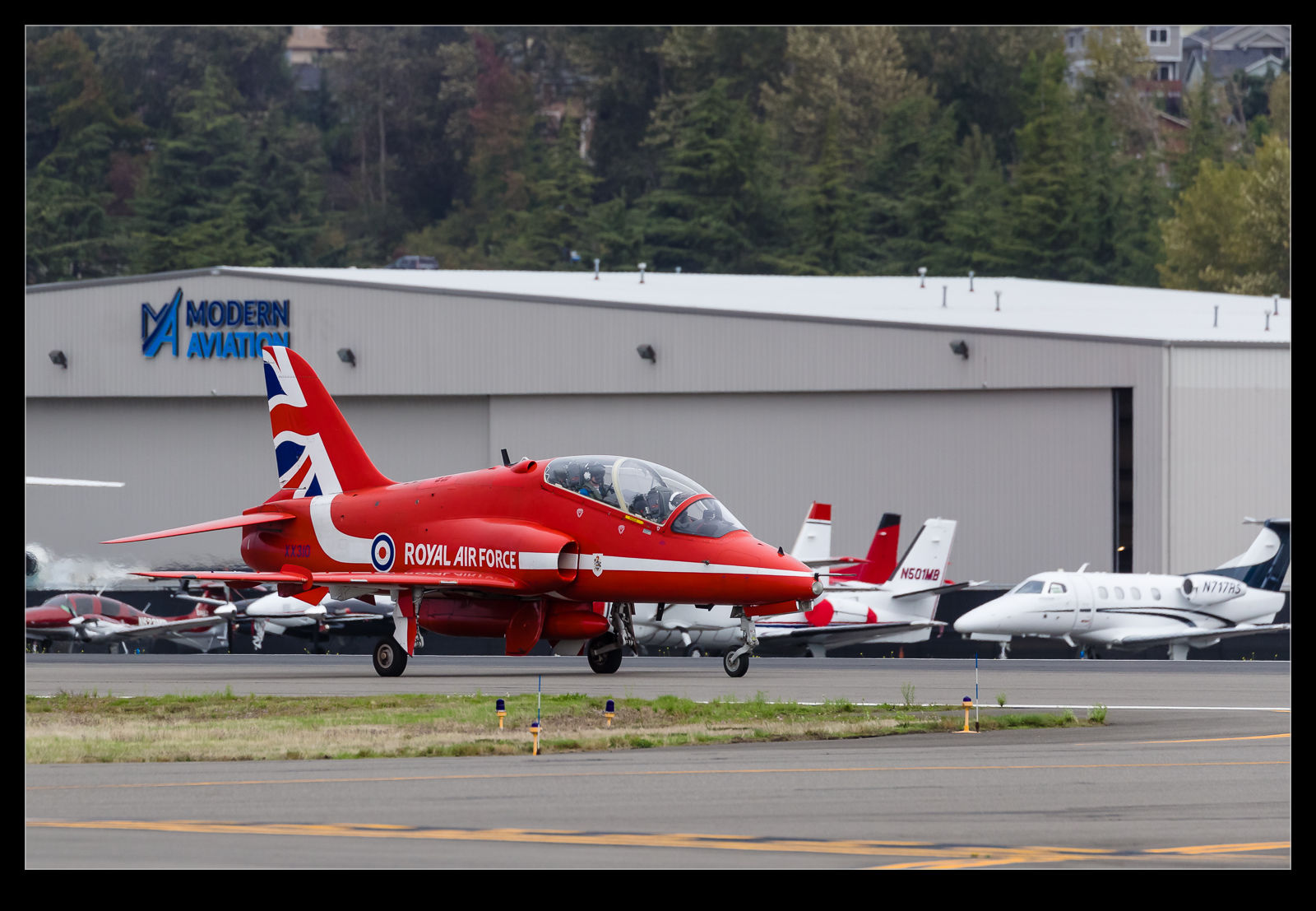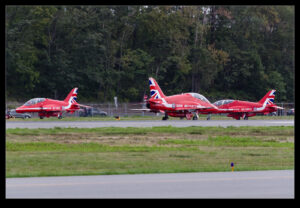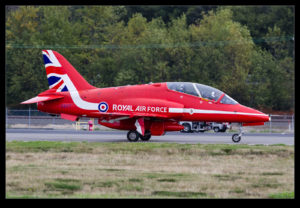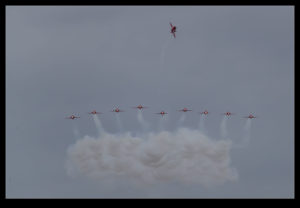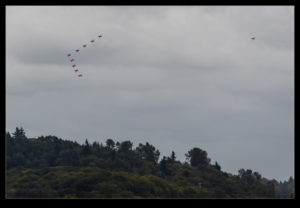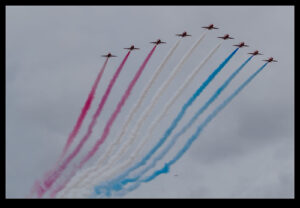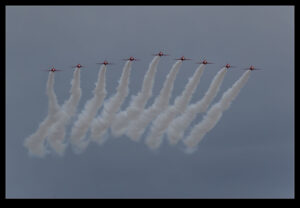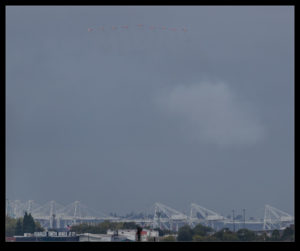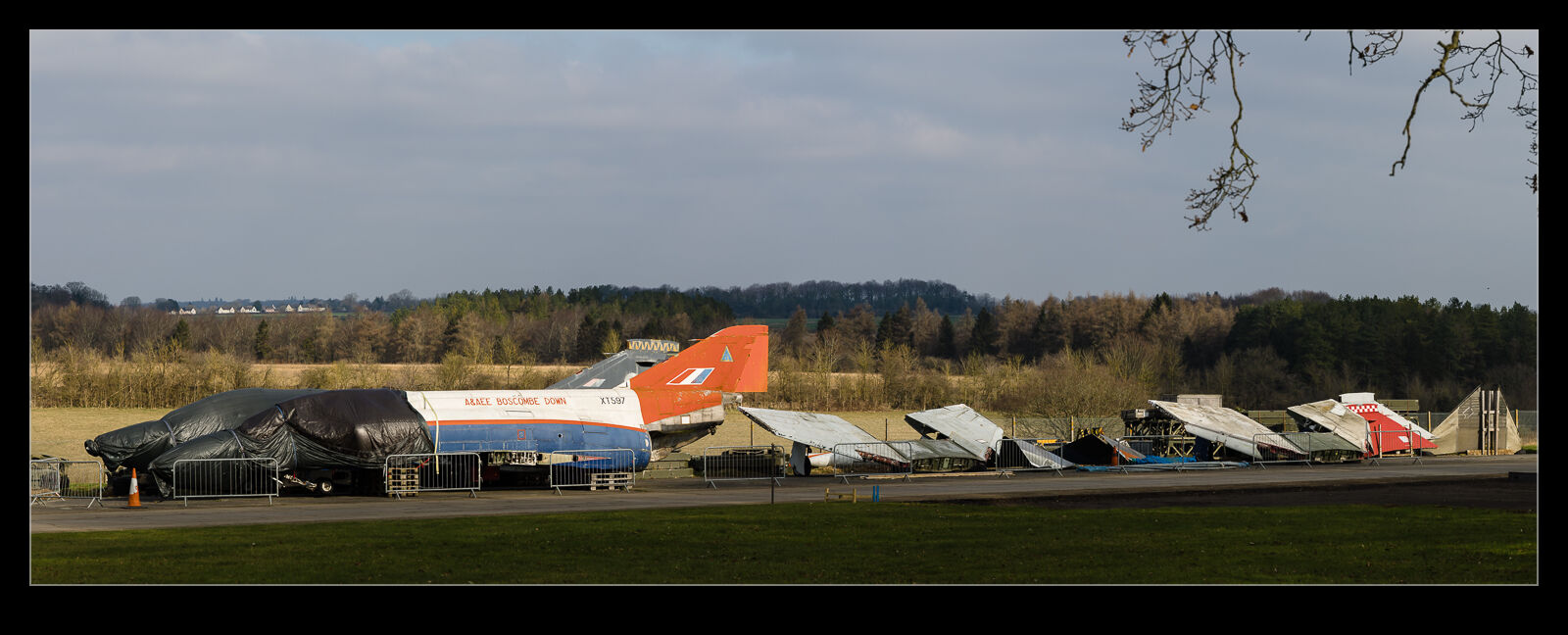 When I was first into aviation, the Phantom was everywhere. It was operated by numerous air forces and the RAF had tons of them (including some that had cascaded from the Royal Navy). At all of my early air shows, there would be Phantoms on static and part of the flying display. While they had started their RAF career in the strike and ground attack role, by this time they were purely used for air defense.
When I was first into aviation, the Phantom was everywhere. It was operated by numerous air forces and the RAF had tons of them (including some that had cascaded from the Royal Navy). At all of my early air shows, there would be Phantoms on static and part of the flying display. While they had started their RAF career in the strike and ground attack role, by this time they were purely used for air defense.
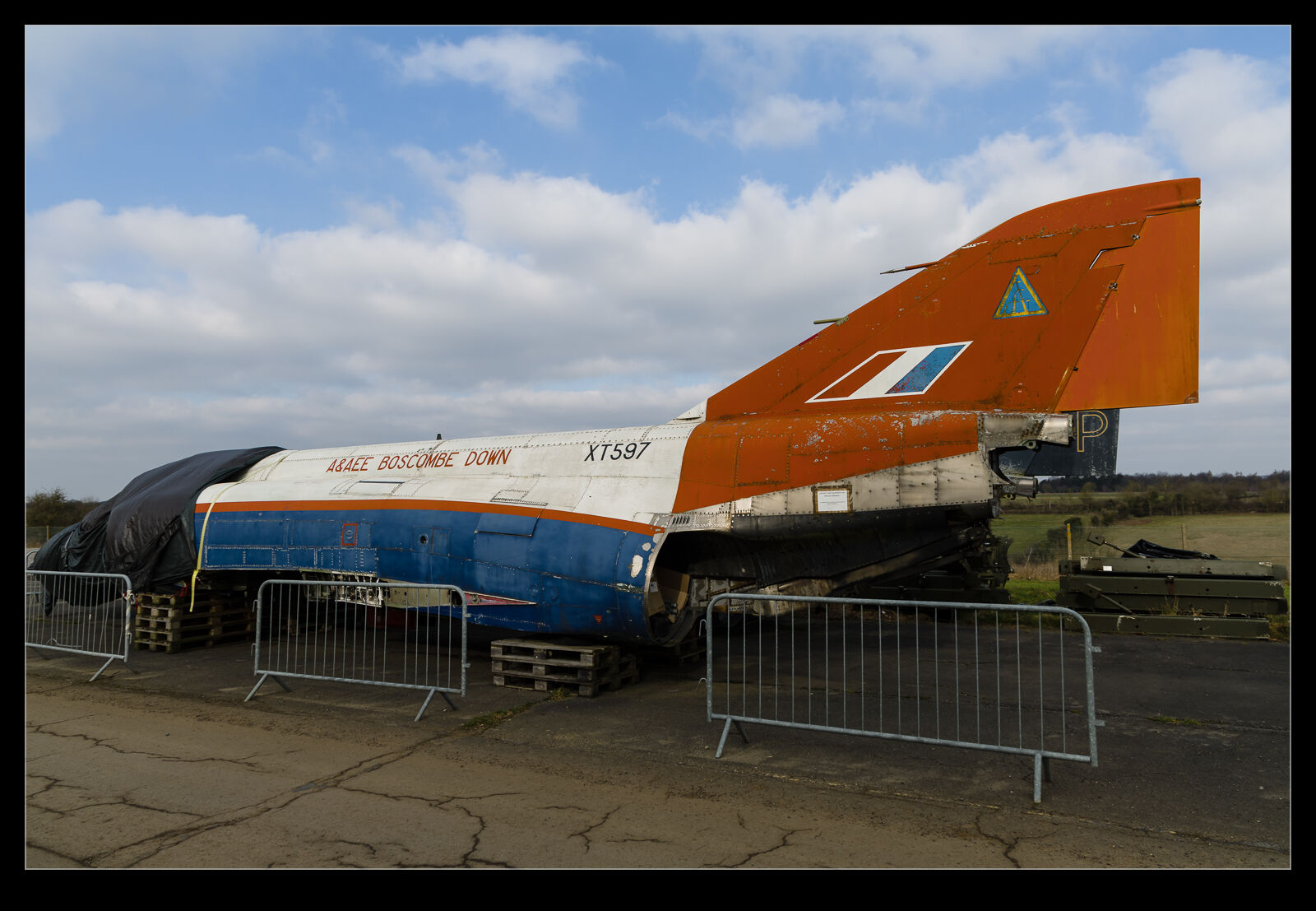 With the end of the Cold War, the RAF reduced in size and the Phantoms were withdrawn from service far faster than had originally been anticipated. It wasn’t long before they were all gone. A bunch ended up in museums and the rest were cut up. As I was exploring Kemble’s airfield – Cotswold Airport to give it its proper name – I was surprised to come across a bunch of bits of Phantoms alongside the road. A pair of fuselages including one of a Boscombe test jet that I had a kit of as a kid, some wings, fins and tail planes. It was all just sitting there so I grabbed a few shots. I have heard since that the airport was pressuring the owners to cover it all properly and I think it all went under cover shortly after I was there. A lucky break for me, I guess.
With the end of the Cold War, the RAF reduced in size and the Phantoms were withdrawn from service far faster than had originally been anticipated. It wasn’t long before they were all gone. A bunch ended up in museums and the rest were cut up. As I was exploring Kemble’s airfield – Cotswold Airport to give it its proper name – I was surprised to come across a bunch of bits of Phantoms alongside the road. A pair of fuselages including one of a Boscombe test jet that I had a kit of as a kid, some wings, fins and tail planes. It was all just sitting there so I grabbed a few shots. I have heard since that the airport was pressuring the owners to cover it all properly and I think it all went under cover shortly after I was there. A lucky break for me, I guess.
